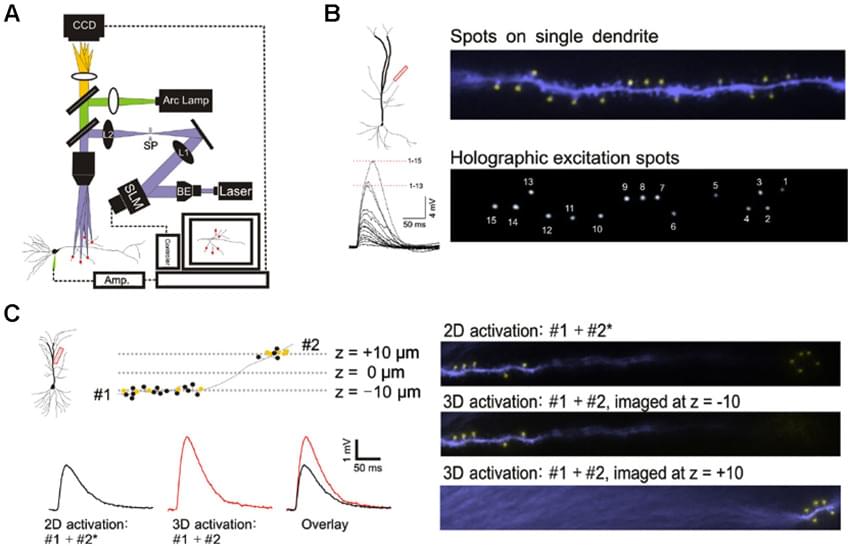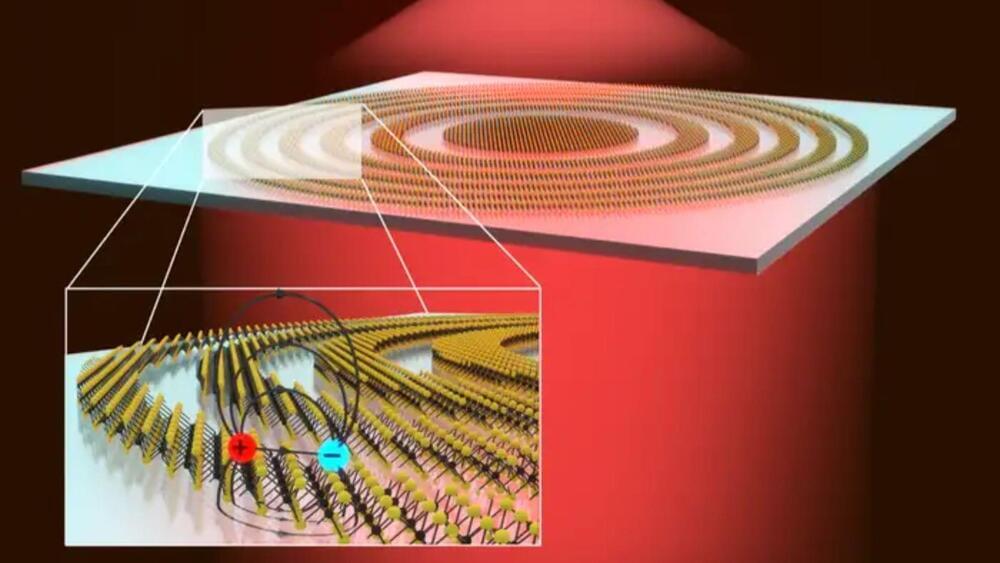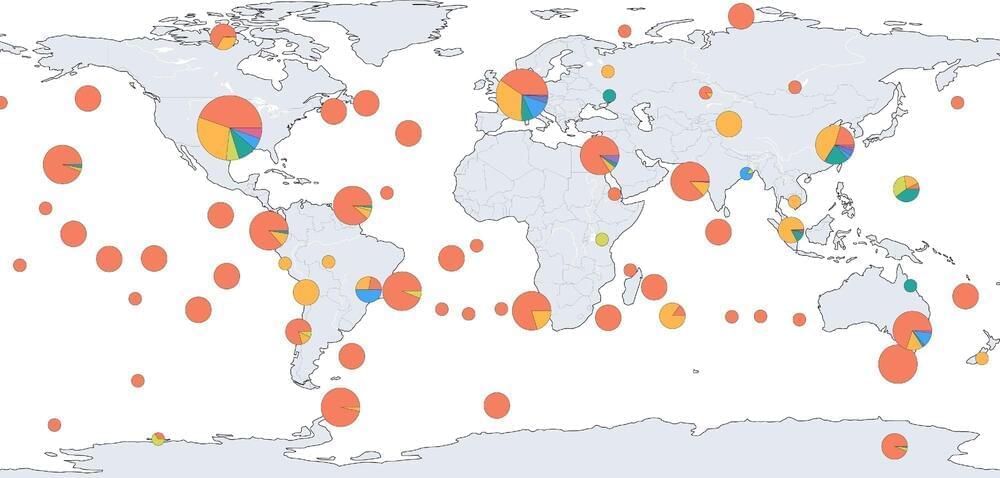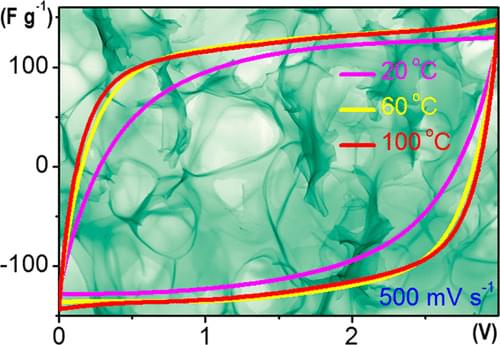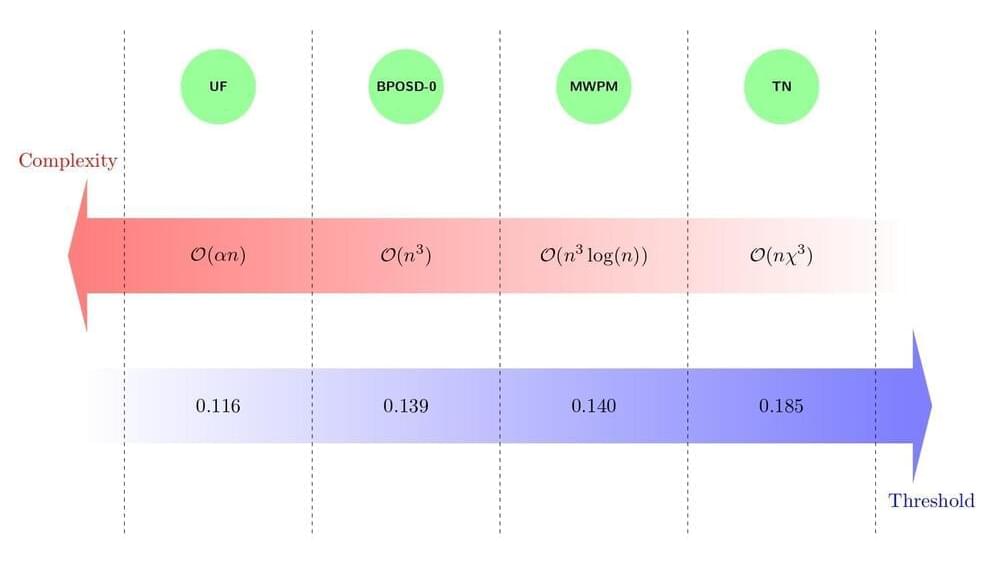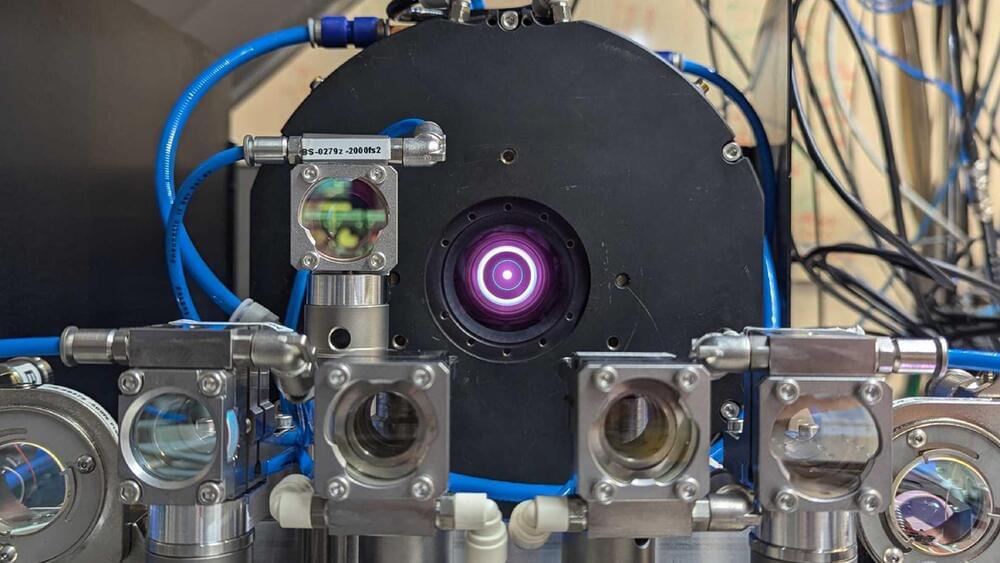A once-in-80,000-year comet was spotted in the North Texas sky this weekend. If you missed it, you’ll have more chances.
Page 180
1 Timothy 6:16 is one of the foundational verses for conditionalists. In it, we see a theological principle that we are not ready to relinquish in favour of popular teachings. It is the principle that God is the only being in the universe who has immortality; only God has Immortality His immortality is exclusive. In that respect, he is different from all other beings.
“The only One who has immortality, dwelling in unapproachable light; no one has seen or can see Him, to Him be honour and eternal might. Amen” (HCSB).
The verse is the second part of a doxology: a pause to praise the God of whom the author is writing. In its context, Paul is encouraging Timothy to keep pursuing eternal life to which he was called, but has not yet attained. It is a promise from the only one capable of making that promise: God, who alone possesses that thing that Paul urges Timothy to pursue.
Oct 14, 2024
Frontiers: The process by which synaptic inputs separated in time and space are integrated by the dendritic arbor to produce a sequence of action potentials is among the most fundamental signal transformations that takes place within the central nervous system
Posted by Dan Breeden in category: neuroscience
Some aspects of this complex process, such as integration at the level of individual dendritic branches, have been extensively studied. But other aspects, such as how inputs from multiple branches are combined, and the kinetics of that integration have not been systematically examined. Using a 3D digital holographic photolysis technique to overcome the challenges posed by the complexities of the 3D anatomy of the dendritic arbor of CA1 pyramidal neurons for conventional photolysis, we show that integration on a single dendrite is fundamentally different from that on multiple dendrites. Multibranch integration occurring at oblique and basal dendrites allows somatic action potential firing of the cell to faithfully follow the driving stimuli over a significantly wider frequency range than what is possible with single branch integration. However, multibranch integration requires greater input strength to drive the somatic action potentials. This tradeoff between sensitivity and temporal precision may explain the puzzling report of the predominance of multibranch, rather than single branch, integration from in vivo recordings during presentation of visual stimuli.
Individual thin dendritic branches are fundamental functional units in the nervous system (Branco and Hausser, 2011). Experimental data support the concept that they can operate as quasi-independent processing and signaling units capable of non-linear behavior (Mel, 1993; Wei et al., 2001). In combination with their parent dendritic branches, these thin distal dendrites can function in two distinct modes (Gasparini and Magee, 2006; Katz et al., 2009). If distributed synaptic inputs arrive on multiple distal branches, the depolarization on each branch may be below the threshold for recruiting local active conductances in a regenerative manner and yet be sufficient to trigger a somatic sodium spike. This is sometimes referred to as the traditional “integrate and fire” model (Abbott, 1999), the “synaptic democracy” model (Yuste, 2011), and the “global” model of integration.
Oct 14, 2024
Scientists build world’s thinnest lens, measuring just 3 atoms thick
Posted by Shubham Ghosh Roy in categories: materials, particle physics
The world’s thinnest lens diffracts light of specific wavelengths instead of refracting it.
By arranging a special material in concentric rings, researchers have built the world’s thinnest lens at just three atoms thickness.
Oct 13, 2024
Traded: Venture Capital 🦄 on Instagram: Elon musk’s @spacex caught a 19 story tall rocket booster in mid air
Posted by Josh Seeherman in categories: Elon Musk, finance, space travel
82K likes, — tradedvc on October 13, 2024: Elon musk’s @spacex caught a 19 story tall rocket booster in mid air.
Credit: Shaun Maguire — X
Oct 13, 2024
AI model LucaProt uncovers 251,000 new RNA viruses, revealing hidden diversity worldwide
Posted by Shubham Ghosh Roy in categories: biotech/medical, robotics/AI
🌍🔬🦠
In a recent study published in the journal Cell, researchers developed a deep learning model, “LucaProt,” a transformer-based AI model to detect highly divergent ribonucleic acid (RNA)-dependent RNA polymerase (RdRP) sequences in meta-transcriptomes from diverse ecosystems. They identified 180 RNA virus supergroups and 161,979 putative RNA virus species, showing that RNA viruses are widespread and present even in extreme environments.
Background
Oct 13, 2024
Patrick Hsu: A Trailblazer in Digital Biology
Posted by Robin Indeededo in categories: biotech/medical, robotics/AI
Oct 13, 2024
Hemp Batteries Revolutionize Energy Storage
Posted by Brent Ellman in categories: energy, sustainability, transportation
A recent demonstration by a YouTuber compared the performance of a hemp battery against a lithium-ion battery, and the results were astounding: the hemp battery was eight times more powerful. Tesla’s new million-mile battery, made from lithium-iron phosphate, is designed to last twice as long as conventional lithium-ion batteries. However, even this advanced battery cannot compete with the power and renewability of hemp-based batteries.
https://www.youtube.com/watch?v=UN32y8McS4s
Implications for the Future
Continue reading “Hemp Batteries Revolutionize Energy Storage” »
Oct 13, 2024
Decoding algorithms for surface codes
Posted by Shubham Ghosh Roy in categories: computing, cosmology, information science, quantum physics
Now in Quantum: by Antonio deMarti iOlius, Patricio Fuentes, Román Orús, Pedro M. Crespo, and Josu Etxezarreta Martinez https://doi.org/10.22331/q-2024-10-10-1498
Antonio deMarti iOlius1, Patricio Fuentes2, Román Orús3,4,5, Pedro M. Crespo1, and Josu Etxezarreta Martinez1
1Department of Basic Sciences, Tecnun — University of Navarra, 20,018 San Sebastian, Spain. 2 Photonic Inc., Vancouver, British Columbia, Canada. 3 Multiverse Computing, Pio Baroja 37, 20008 San Sebastián, Spain 4 Donostia International Physics Center, Paseo Manuel de Lardizabal 4, 20018 San Sebastián, Spain 5 IKERBASQUE, Basque Foundation for Science, Plaza Euskadi 5, 48009 Bilbao, Spain.
Oct 13, 2024
Record-shattering ultrashort laser pulses created, reach 100 MW power
Posted by Shubham Ghosh Roy in category: energy
A new laser oscillator generates ultrashort pulses, 50% more powerful than the previous record.
Researchers at ETH Zurich have developed a laser oscillator that produces the most powerful ultra-short laser pulses ever.
The pulses from the laser last for less than 10−12 seconds. However, on average, they carry 550 watts of power, with peak power output reaching 100 megawatts — this is more than enough to power hundreds of thousands of vacuum cleaners together for a short duration.
Continue reading “Record-shattering ultrashort laser pulses created, reach 100 MW power” »


